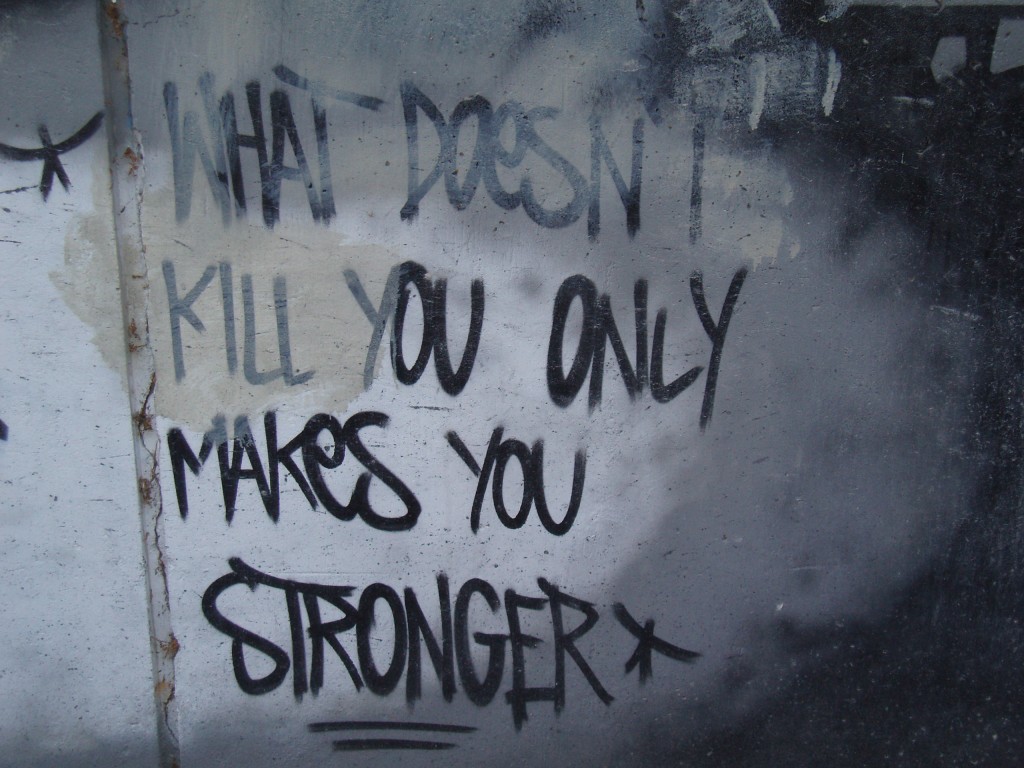What doesn’t kill you only makes you stronger. This saying still holds true now, especially in the context of graffiti. As is the case with all traditional artists, graffiti artists too thrive for a sense of permanence in their work – to have their art remembered through time. Graffiti in public spaces are generally considered a form of vandalism, so many of these artworks are cleaned up by the community in an attempt to suppress the voices of the artists. Since they are mostly used as a medium to present political and social beliefs that deviate from the perceived norm, Graffiti lack mainstream acceptance. Thus, under the social pressures that constantly act against them, the graffiti artists have a much harder time achieving a sense of permanence in their work, especially when compared to more traditional art forms.
Despite the social stigmatization, graffiti artists nevertheless continue their efforts to thrive for permanence in their artwork. Even through vandalistic graffiti, the actions of most of these artists are driven by their desire to leave a permanent mark in the world, which becomes a part of their identity (Pani and Sagliaschi 2009: 1035). This prospect of permanence is central to graffiti. As such, when a particular graffiti remains visible over long periods of time, despite all the opposing social forces that seek to eliminate its existence, it further strengthens the impact of the artwork – thereby making it more permanent.
In a sense, what doesn’t kill you does indeed only make you stronger!
By (Tony) Meng Zhai
Pani, R., and S. Sagliaschi 2009 Psychopathology of excitatory and compulsive aspects of vandalistic graffiti. Psychological Reports 105(3):1027-1038.

